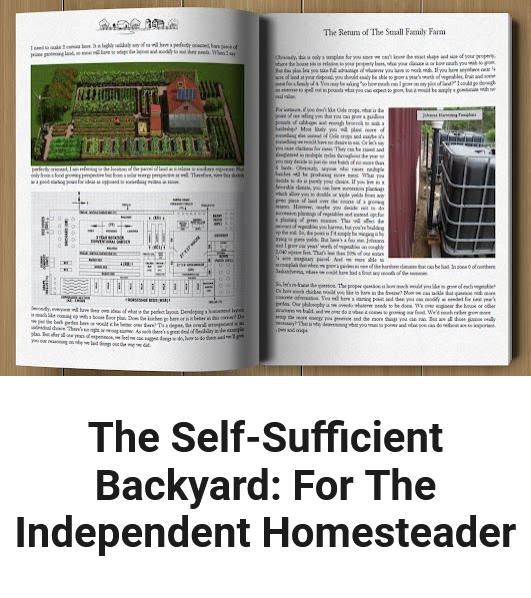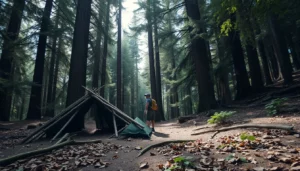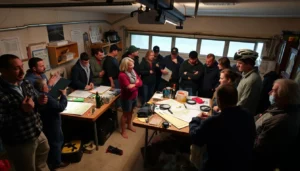Ancient food preservation methods have been a cornerstone of human survival across cultures and time.
Early humans studied nature’s patterns, discovered that meat left in icy conditions stayed edible longer, or that fish dried in coastal winds remained safe to eat weeks later.
The ability to preserve food then transformed nomadic groups into settled communities.
No longer forced to consume everything immediately, people could plan ahead, trade, and build lasting settlements.
Every culture added its own chapter to this story:
- Native Americans smoking salmon.
- Chinese craftsmen perfecting fermentation.
- Nordic peoples mastering the art of salt-curing fish.
- And so on….
Many of these ancient techniques still echo in our modern world:
- Root cellars continue to keep vegetables fresh through winter.
- The subtle art of smoking enhances flavors while preserving meat.
- Even modern canning methods trace their roots to age-old preservation practices.
What started as a fight for survival evolved into sophisticated culinary traditions that continue to enrich our lives.
Let’s explore 7 ancient food preservation methods that have stood the test of time.
Simple yet ingenious, these techniques emerged from different corners of the world and continue to prove their worth in modern kitchens.
While our ancestors discovered them through trial and error, science has since confirmed why these methods work so effectively at keeping our food safe and flavorful for extended periods.
Drying and Dehydration: Harnessing the Power of the Sun
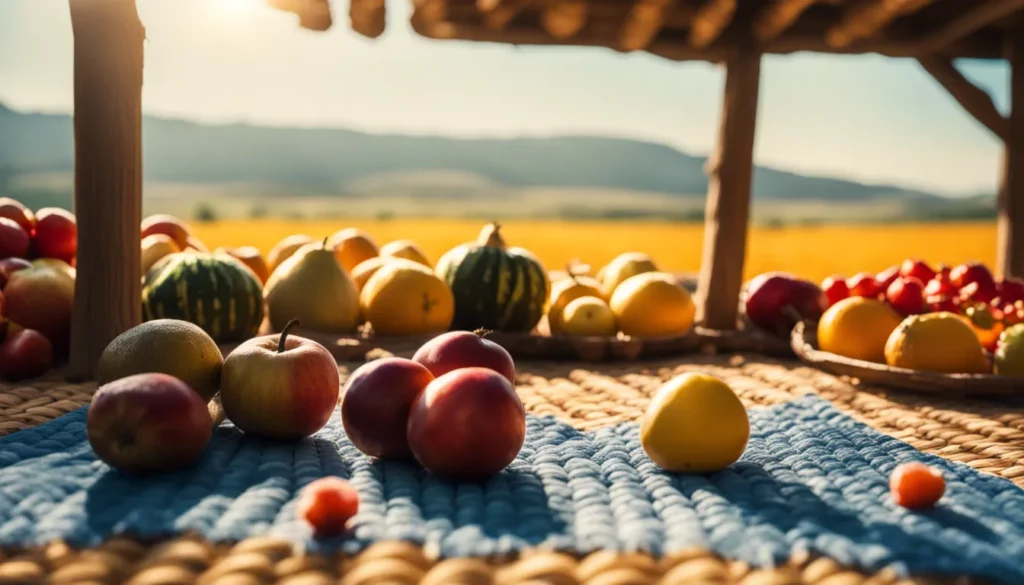
The sun and wind – nature’s oldest food preservers – transformed how our ancestors kept their harvests. This remarkable story begins around 12,000 B.C., when Middle Eastern and Oriental civilizations discovered that the scorching sun and arid winds could turn perishable foods into long-lasting sustenance.
The Romans elevated dried fruits into prized delicacies, while across continents, different societies adapted these techniques to their local conditions.
Where Mother Nature proved less cooperative with limited sunlight, human creativity stepped in.
People built specialized “stills houses” – early dehydration chambers that combined controlled heat and smoke to dry everything from fruits to herbs.
The genius of this method lay in its simplicity and effectiveness.
Fresh harvests shrank into lightweight, portable forms that could sustain communities through lean times.
A basket of fresh grapes transformed into raisins that lasted months.
Meat became jerky that travelers could carry for weeks.
This ancient wisdom never lost its relevance. Today’s hikers still reach for dried fruits and jerky, while modern food companies use advanced dehydration technology that builds on these time-tested principles.
The fundamental truth remains unchanged – the power of removing moisture to preserve food, a discovery that helped shape human civilization.
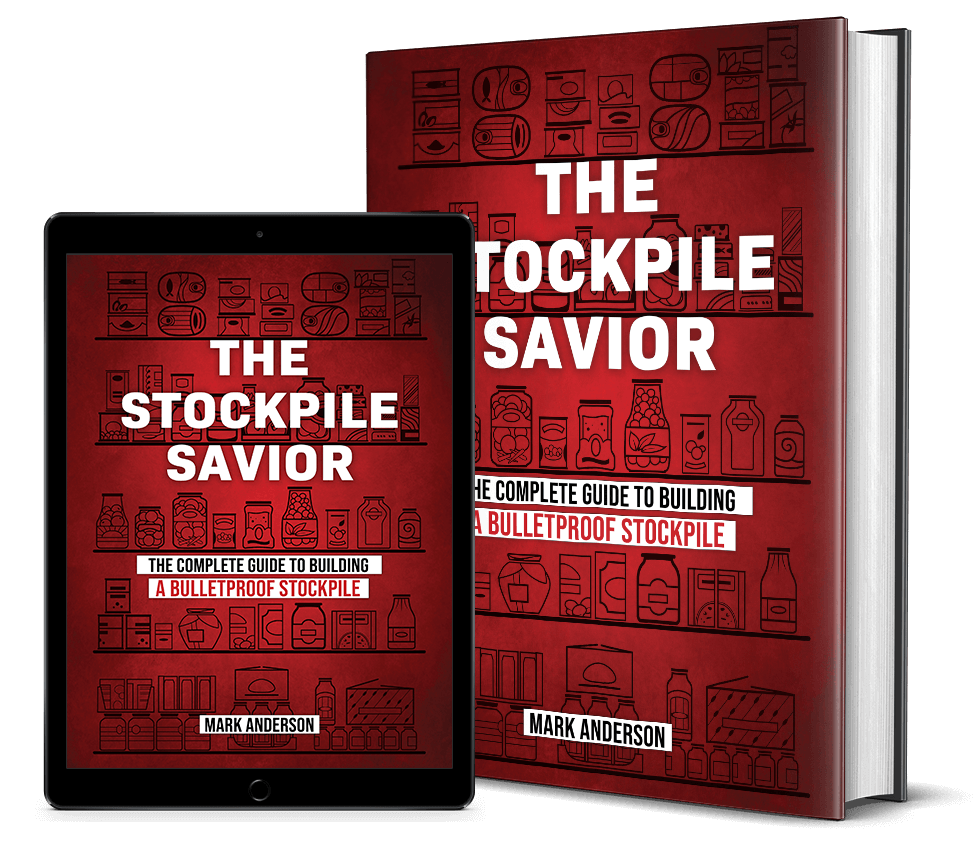
Discover how to build a 100+ days stockpile from scratch, in under 10 days!
This is the ultimate guide to building a bulletproof stockpile that takes you from being uncertain about your preps to being 100% confident that your family will comfortably survive the first 100 days & beyond of any disaster.
Curing: The Timeless Art of Salt and Smoke
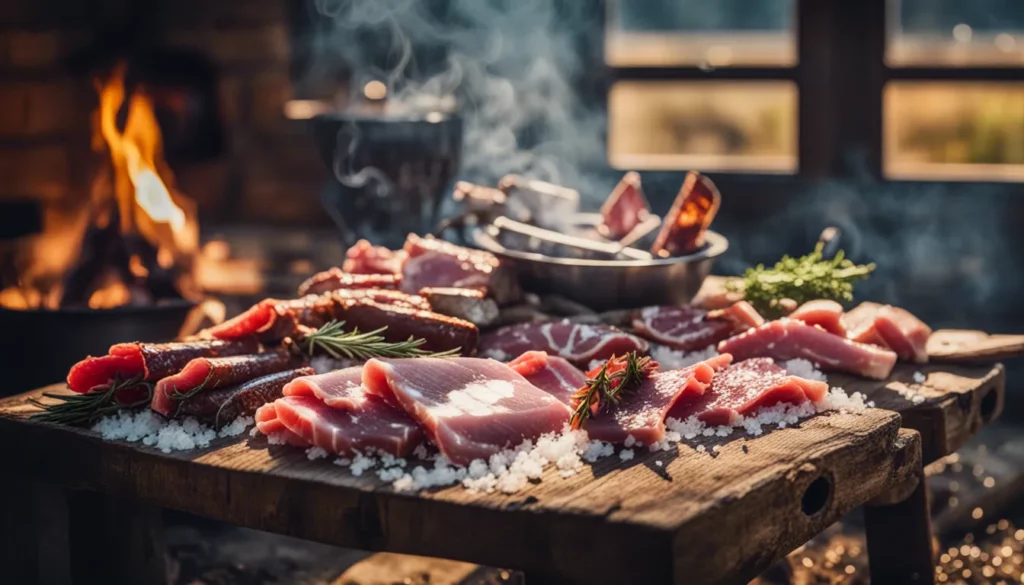
The magic of salting and smoking has transformed raw meats and fish into delectable treasures since humans first gathered around fires.
Our ancestors stumbled upon a remarkable discovery: salt could pull moisture from food, creating an environment where bacteria couldn’t thrive.
They experimented with different sources – rock salt from mountains, sea salt from coastal flats, and eventually, spiced salt blends that added new dimensions of flavor.
Each region developed its signature curing styles, from Scandinavian gravlax to Italian prosciutto.
The 1800s brought an accidental breakthrough that revolutionized meat curing.
Butchers noticed that certain salts turned meat an appetizing red instead of the usual grey. This rosy transformation, they later learned, came from nitrites naturally present in some salt mixtures.
Customers preferred this appealing color, unwittingly selecting products with enhanced food safety.
Modern science would later reveal nitrites as powerful allies in food preservation. These compounds didn’t just create an attractive color – they formed a crucial defense against dangerous bacteria, particularly botulism.
This discovery transformed curing from traditional craft to scientific process, though the fundamental techniques remained unchanged.
Today, master curers blend ancient wisdom with modern knowledge.
Their creations range from delicate prosciutto aged in Italian hillside cellars to artisanal smoked salmon from Scottish smokehouses.
Each slice of bacon, every morsel of dried sausage tells a story that stretches back through human history.
Cooling and Freezing: Adapting to Changing Temperatures
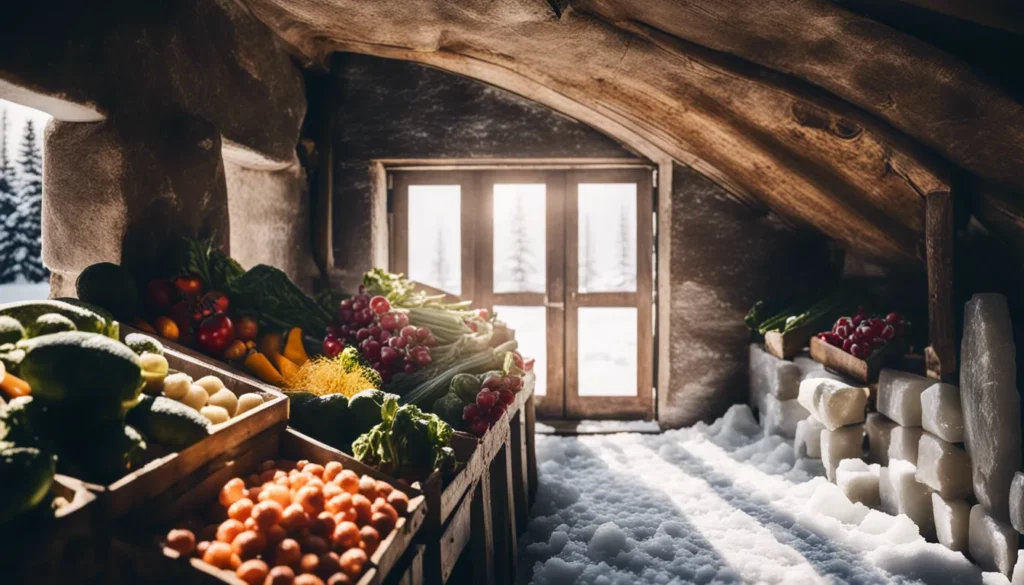
Arctic peoples mastered the art of freezing meat in ice and snow, while others discovered that even moderately cool environments like caves and underground cellars could dramatically extend their food’s lifespan.
American innovation took shape in the form of icehouses – specialized buildings designed to store massive blocks of winter ice throughout the year. These structures evolved into household “iceboxes”, early predecessors to our modern refrigerators.
Wealthy families would have ice delivered regularly, while others relied on cool cellars to keep their provisions fresh.
The real game-changer arrived with Clarence Birdseye‘s keen observation in the late 1800s.
While fishing in the Arctic, he noticed that fish frozen instantly in the brutal cold retained their fresh taste and texture, unlike slowly frozen fish that turned mushy.
This insight sparked his development of “quick freezing” – a revolutionary process that would transform how we preserve and transport food worldwide.
Flash forward to today, and Birdseye’s discovery has evolved into sophisticated flash-freezing technologies that preserve everything from berries to gourmet meals.
Modern freezing methods lock in nutrients and flavors so effectively that frozen vegetables can sometimes be more nutritious than their “fresh” counterparts that have traveled thousands of miles.
The story of cooling and freezing reflects humanity’s growing mastery over temperature.
From simple root cellars to advanced blast freezers, each innovation has expanded our ability to preserve food while maintaining its quality.
Sugaring: The Sweet Secret of Jams and Jellies
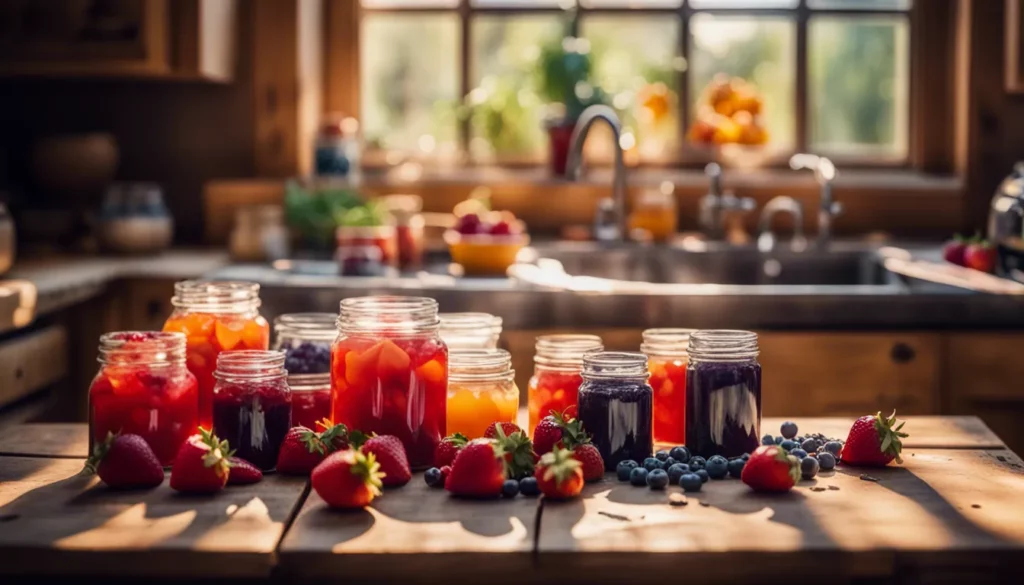
Honey – nature’s first preservative – kicked off humanity’s love affair with sugaring.
Ancient civilizations discovered that fruits stored in honey stayed fresh far longer than expected, leading to an explosion of culinary creativity.
The Greeks pioneered this sweet science, perfecting a method of mixing quince with honey, then drying and sealing the mixture in jars.
The Romans took this discovery further, heating the blend to create what we’d now recognize as the world’s first jam.
A revolution swept through European kitchens when traders brought sugar cane from India and the Orient.
Suddenly, northern European households had a powerful new tool in their preservation arsenal. Sugar became a magical substance that could transform fleeting summer berries into winter delicacies.
Housewives passed down closely guarded recipes for jams, preserves, and fruit butters that would keep their families supplied with fruit’s goodness throughout the year.
The science behind sugar’s preservative power lies in its ability to create an inhospitable environment for spoilage organisms.
When fruits mix with high concentrations of sugar, bacteria and molds can’t survive. This simple principle has helped countless generations capture the peak flavors of harvest season in jars of glistening preserves.
Sugar preservation has evolved far beyond simple jams and jellies.
Modern confectioners use this ancient technique to create everything from fruit-filled candies to complex sauce reductions.
Each jar of homemade preserves or artisanal fruit confection carries forward a tradition that spans millennia.
The satisfying pop of a sealed jar, the glisten of perfectly set jam, and the bright taste of summer fruits in deepest winter – these are the sweet rewards of one of humanity’s oldest preservation methods.

Discover how to build a 100+ days stockpile from scratch, in under 10 days!
This is the ultimate guide to building a bulletproof stockpile that takes you from being uncertain about your preps to being 100% confident that your family will comfortably survive the first 100 days & beyond of any disaster.
Pickling: Mastering the Art of Brines and Vinegars
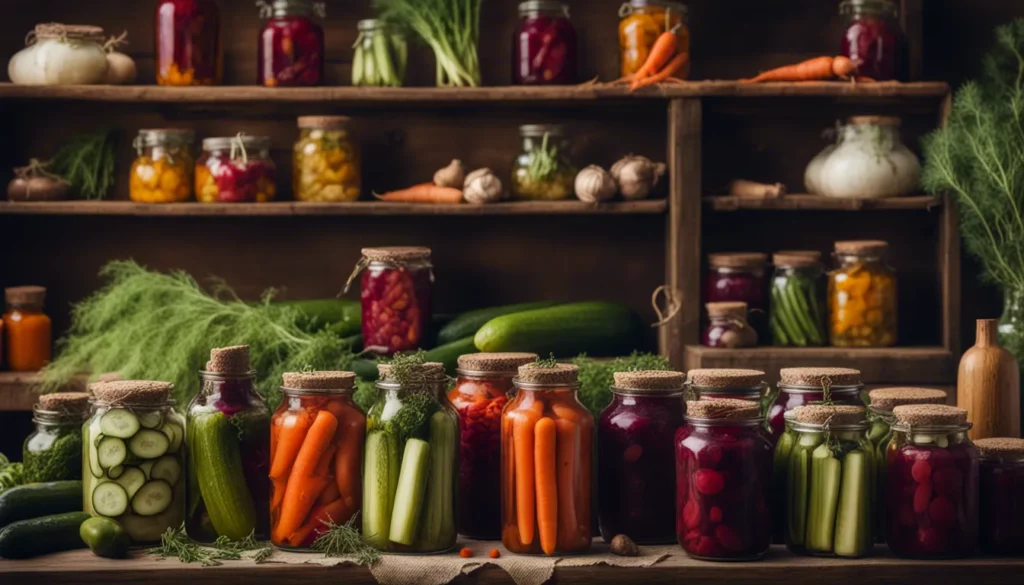
The tangy bite of a perfectly pickled cucumber or the complex sourness of sauerkraut tells a story of human ingenuity that spans continents and centuries.
Our ancestors discovered that certain liquids – brines, vinegars, and oils – could transform ordinary vegetables into flavor-packed provisions that lasted months beyond their natural shelf life.
Behind this culinary alchemy lies a fascinating dance with chemistry.
The magic happens on the pH scale, where foods battle for survival against hungry microbes.
Most fresh foods sit vulnerably between pH 2 and 7, but add vinegar with its mighty 2.4 pH, and you’ve created a fortress against spoilage.
Even nature provides its own pickling agents; lemons and limes pack enough acid punch to preserve foods in their bright, citrusy embrace.
But the real heroes of the pickling world might be the invisible ones; specifically, the industrious Lactobacillus bacteria. These microscopic workers thrive in acidic conditions, churning out lactic acid that not only preserves food but creates entirely new flavor profiles.
Korean kimchi, German sauerkraut, and Indian achaar all owe their distinct characters to these tiny fermentation masters.
The science of pickling might be precise, but the art lies in balancing flavors and timing.
A perfect dill pickle demands patience – too quick, and you miss the deep flavor development; too long, and crispness fades to mush.
Each culture has perfected its own pickling rhythms: Japanese tsukemono captures seasonal vegetables at their peak, while Middle Eastern pickled lemons need months to develop their complex character.
Fermentation: Unlocking Nature's Preservative Power
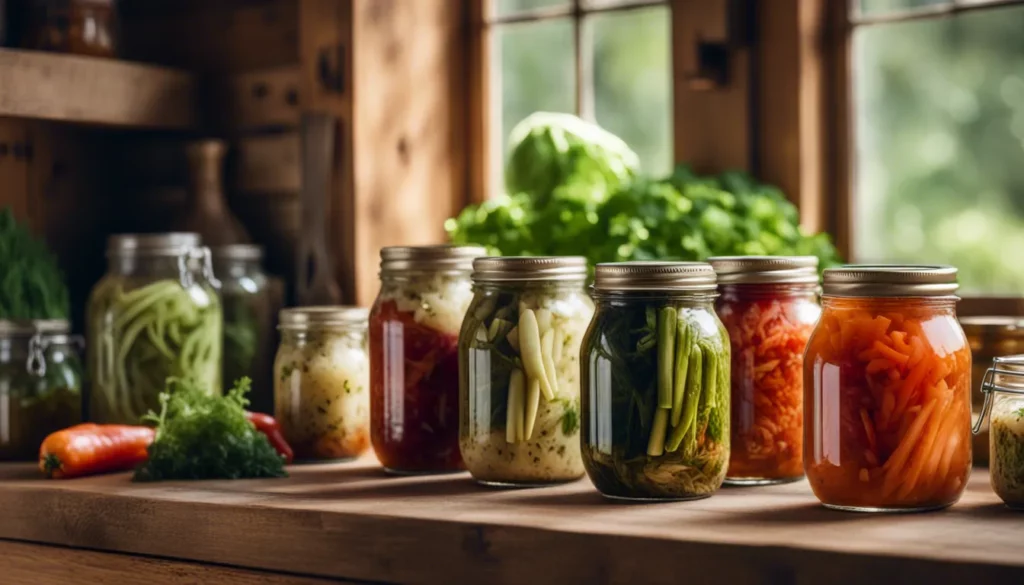
Fermentation stands as one of humanity’s most serendipitous discoveries – a happy accident that likely began when someone drank fermented fruit juice and discovered the pleasures of the world’s first wine.
From that moment, our ancestors began to unlock the transformative power of microscopic organisms to create foods and drinks that would change human culture forever.
The story stretches back to the Upper Paleolithic period, where Arctic peoples made a remarkable discovery.
They found that certain bacteria could preserve their precious meat and fat stores for months without spoilage. This breakthrough proved especially valuable in regions where the usual preservation methods – like fire drying – weren’t always practical.
These early food pioneers had stumbled upon lactic acid bacteria, nature’s microscopic preservation team.
The process became a cornerstone of human civilization, giving rise to staples we still cherish today.
Beer emerged in ancient Mesopotamia, soy sauce in China, and countless fermented milk products across Central Asia. Each culture developed its own fermentation expertise, passed down through generations.
Modern science has only deepened our appreciation for these ancient techniques.
Today’s consumers seek out kimchi, kombucha, and kefir not just for their complex flavors but for their probiotic benefits.
Food manufacturers have taken notice, turning to fermentation-derived preservatives as natural alternatives to synthetic additives.
What began as a survival technique has evolved into a cornerstone of global cuisine and modern nutrition, proving that sometimes the old ways are indeed the best ways.
Conclusion
The ancient food preservation methods still ring true even in our era of smart refrigerators and high-tech food packaging.
Look into any modern kitchen and you’ll find echoes of our ancestors’ ingenuity.
Our forebears understood something profound about food preservation that modern science continues to validate: working with nature, rather than against it, yields remarkable results.
These ancient methods also provide a path to food sovereignty and sustainability.
When you pickle your garden’s abundance or dry herbs for winter, you participate in a ritual as old as civilization itself.
You become part of the solution to modern challenges like food waste and over-processing.
The future of food preservation won’t be found solely in laboratories or processing plants.
It lives in the harmonious blend of ancient wisdom and modern understanding, where traditional techniques meet contemporary knowledge.
This marriage of old and new promises a food system that’s not just sustainable and efficient, but deeply rooted in the human experience of nurturing, preserving, and sharing the fruits of the earth.



